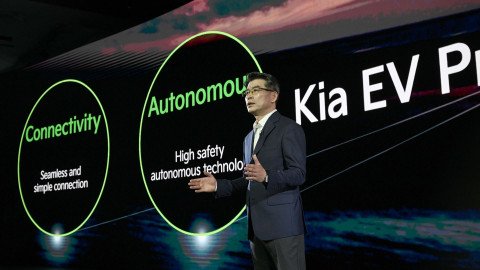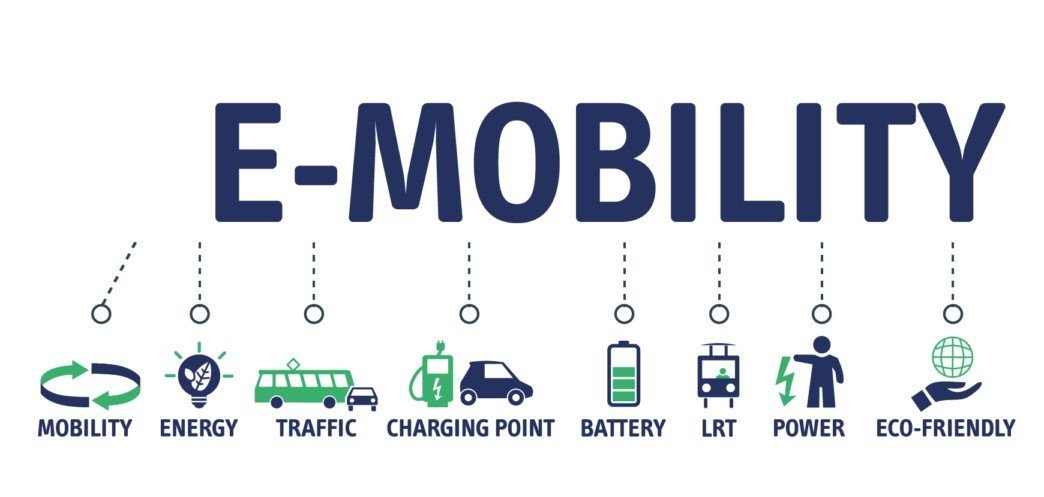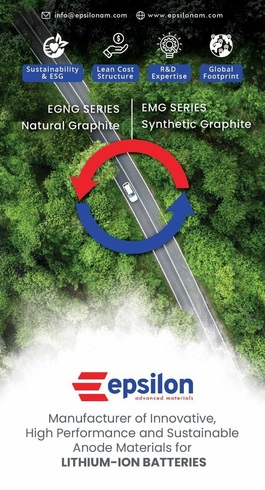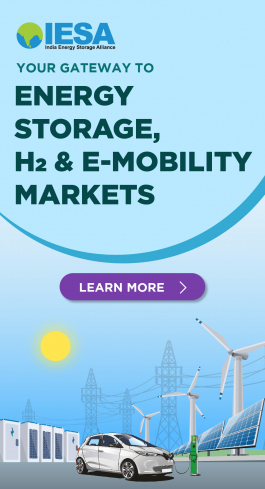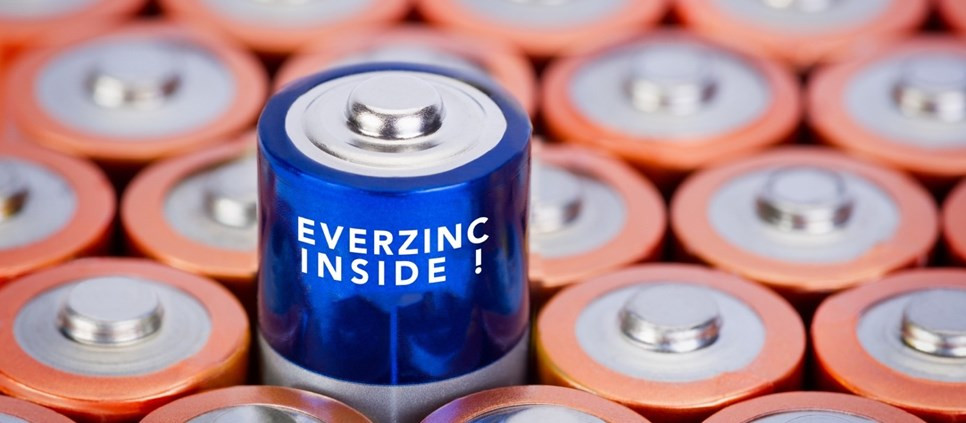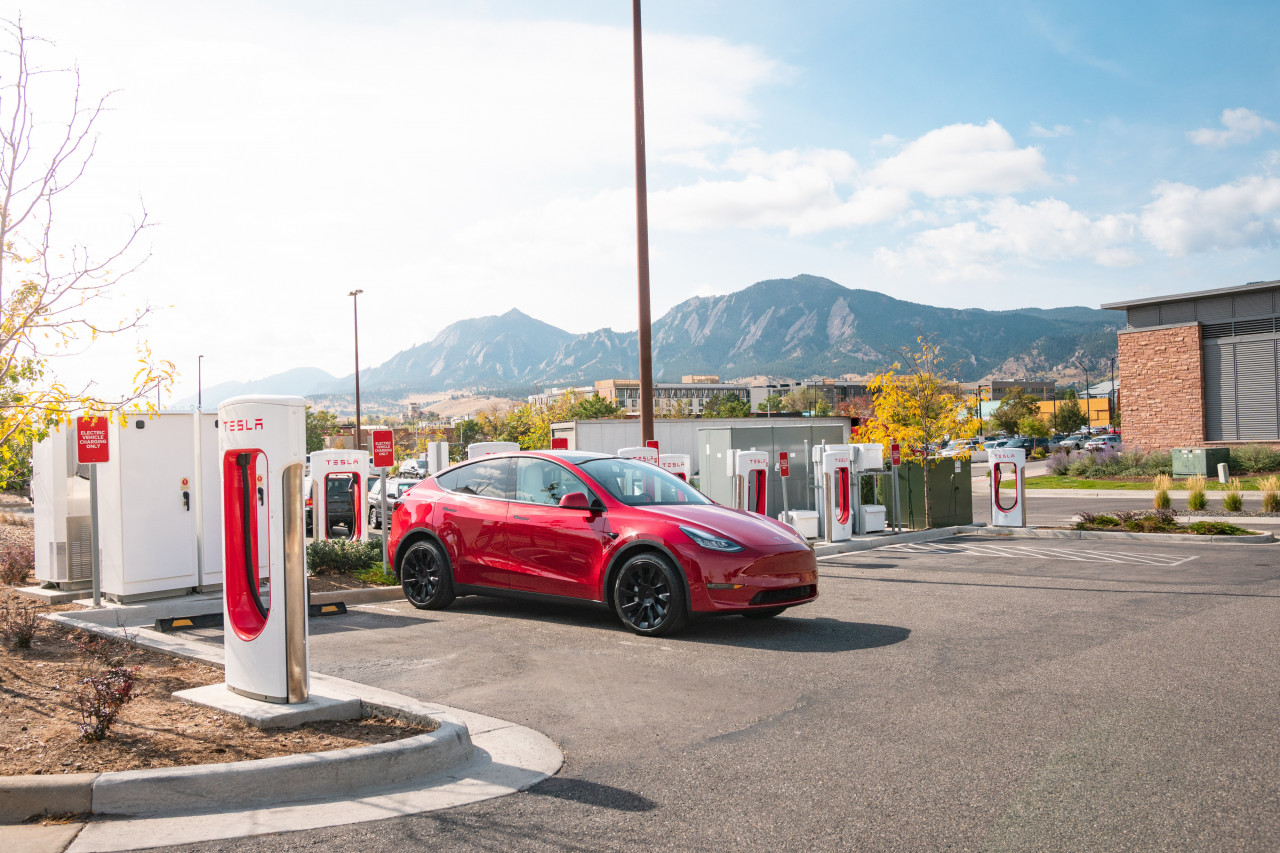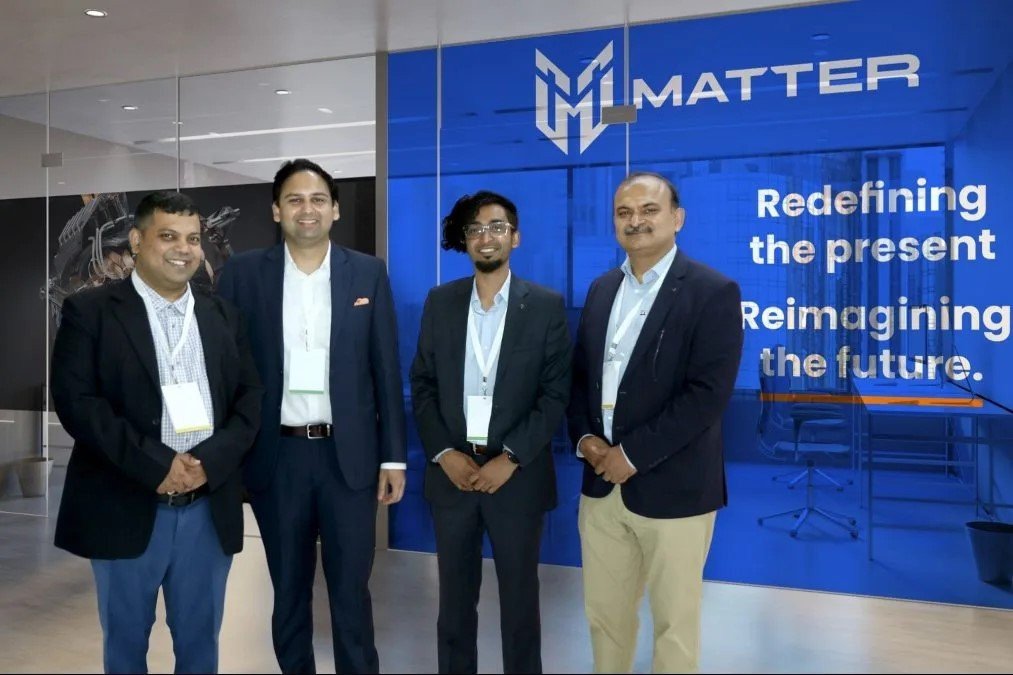Outlook 2023: Paving the road to zero emission | E-mobility
E-MOBILITY OUTLOOK
Across the global markets, e-mobility continues to be the most vibrant and dynamic segment in the clean energy and climate action arena, thanks to the importance of zero-emission mobility for both the users and policy makers at the micro level, and rapid evolution of EV technologies that have come a long way to be affordable alternatives to the conventional vehicle technologies. According to S&P Global Mobility estimates, the EV sales across the globe has grown by about 36 percent in 2022. China continues to top the EV markets rank in terms of volume with 6.7-million-unit sales last year, which is more than double the numbers from the year 2021. Europe and US are the other two big markets that witnessed EV growth in 2022.In US, the predictions on a shallow recession in the economy all through the first half of the year is resulting in a relatively weaker outlook for the EV industry as well. Although the Biden administration's Inflation Reduction Act is all set to boost EV sales in the US, the positive effects of the legislation are not to be realized until 2024. From next year, US buyers can leverage the EV tax credit value to lower vehicle prices directly, instead of receiving tax credits. Hence, some mass-market EV buyers may even postpone their EV purchases till next year, resulting in a relatively average growth in EV sales this year.
Developing markets like India, Brazil, and South East Asia are expected to continue registering higher y-o-y growth rates in EV sales, although the markets are largely limited to low-end E2Ws and E3Ws and the volumes are relatively low than that of developed markets or ICE vehicle sales in those markets. India registered one-million-unit annual sales for the first time in 2022, with 2023 opening with a better monthly average in the first quarter. The country's extended FAME II incentives to EV buyers is available till March 2024, which can act as a further boost to increased pre-buying this year. India is also expected to see higher adoption of electric buses this year, as industry experts predict fresh tenders by state-owned operators this year.
RELATED: EV Charging Infra & Policies | Review 2022: A look at the year that was
On the whole, higher investments towards localization of EV and battery manufacturing in the regions of Europe, United States, Canada, Brazil, and India – to name a few – have resulted in churning out a positive ambience for e-mobility across the globe. However, larger macro-economic situations and supply chain disruptions are playing a major havoc, especially with regard to battery materials and key electronics, and will continue to be an inhibiting factor in 2023 as well.
To accelerate the e-mobility transition in India, financing will be key. There is a need for mechanisms such as first-loss guarantees, credit enhancement and blended finance, to enable private-capital to flow at scale. We must target to install five million fast chargers, and push for battery swapping and PLIs for localised manufacturing. Also, I want to congratulate CEEW for this path-breaking e-mobility dashboard that will encourage healthy competition between states
Amitabh Kant, G20 Sherpa of India
E-mobility: Recent developments around the globe in 2023
• Volkswagen Group's PowerCo invests in its third EV battery gigafactory at St. Thomas, Ontario in Canada, after Salzgitter (Germany) and Valencia (Spain).
• Ford, LG Energy Solution and Koç Holding have signed a MoU to form a new JV to create one of Europe's largest commercial electric vehicle battery cell facilities near Ankara, Turkey.
• Geely Holding has raised $750 million A-Series funding for ZEEKR Intelligent Technology (Zeekr), the group's exclusive premium electric mobility brand for global markets.
• Stellantis to invest $155 million in US to produce new electric drive modules (EDM) for future EVs assembled in North America.
• Chinese automaker Nio has decided to build its first battery plant to make cylindrical battery cells on its own for its electric cars in Hefei, China.
• Tesla has installed its 10,000th supercharger for EV charging in China. The company boasts a cumulative count of more than 1,500 supercharging stations and more than 700 destination charging stations in the Chinese mainland.
• Tesla is investing $3.6 billion to expand its first and quintessential gigafactory in Nevada, United States to include two new facilities - one for manufacturing the company's new 4680 cylindrical battery cells, and the other for the brand's first high-volume assembly line to roll out electric semi-trucks.
• Indian two-wheeler giant TVS Motor Company has made an investment agreement with ION Mobility for ecosystem support in the E2W markets of Singapore and Indonesia.
